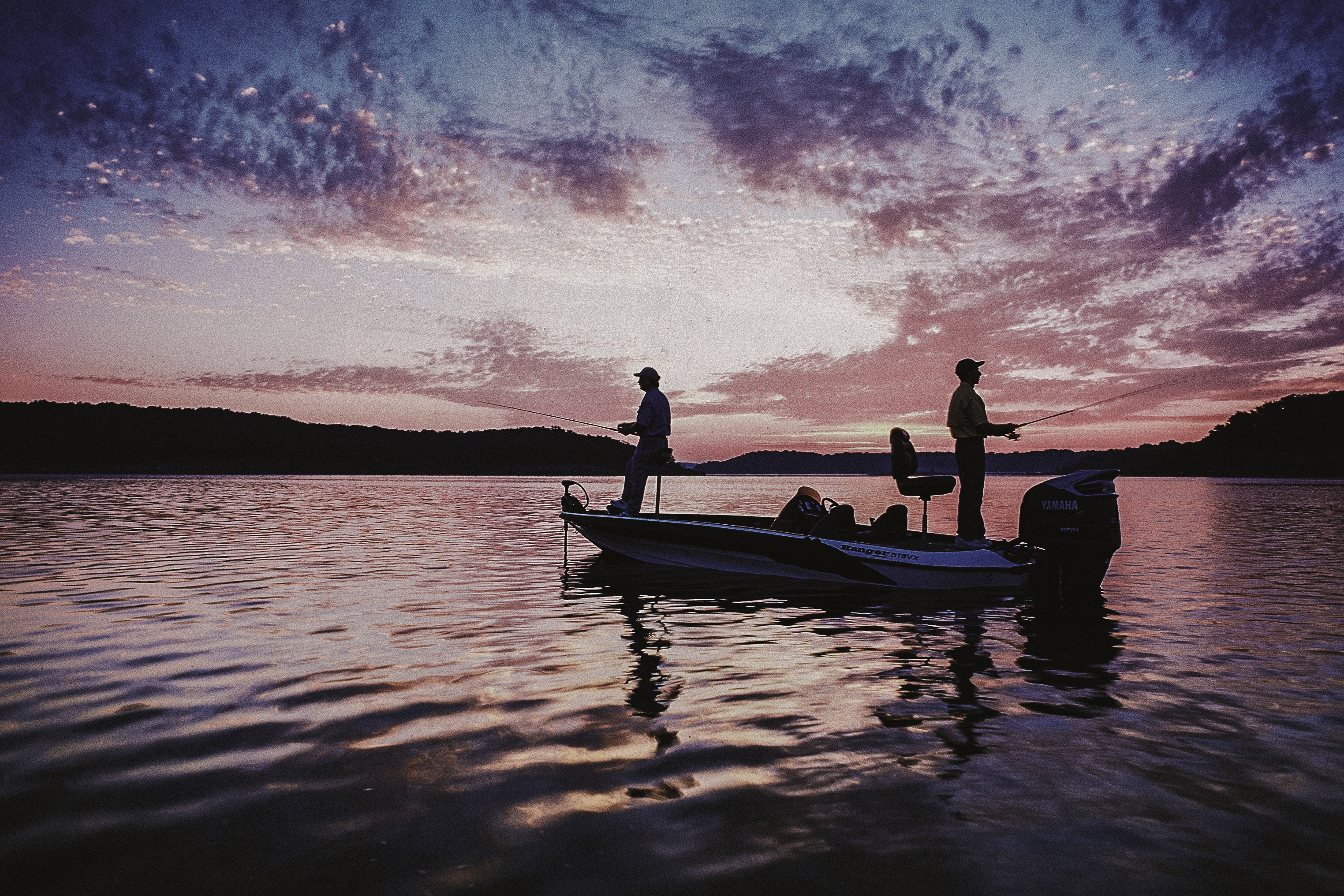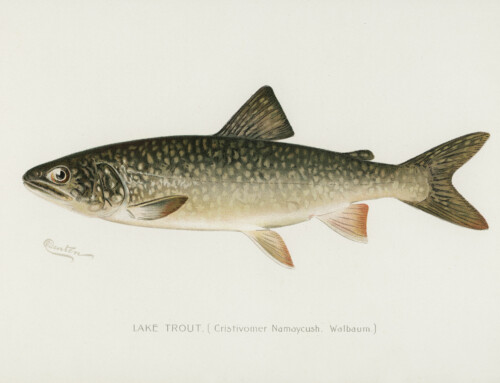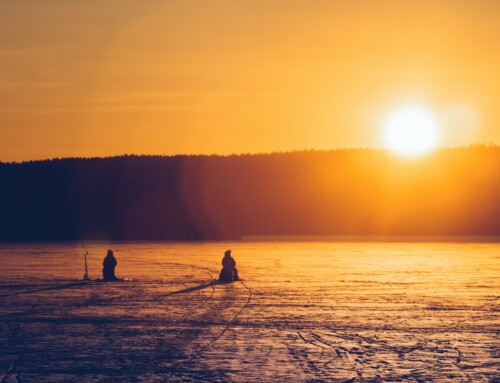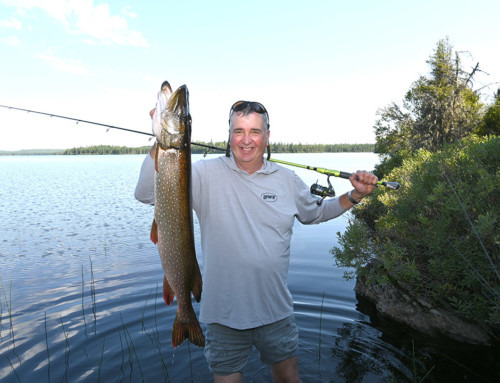Where fisheries closures arise, supporting scientific data is curiously absent.
Last week we outlined the seven components of the North American Conservation Model. Included in that list are three crucial guidelines: that regulations be based on sound science, that the public have sustainable access to public lands, and that public resources be effectively and sustainably managed.
When used as intended, Protection Zones (e.g. MPAs) are one tool among many which professionals can use to manage aquatic resources. They can span a variety of habitats and they can vary in purpose and level of protection. At their core, they are established to protect threatened fish stocks and sensitive habitat within specified boundaries, and can be removed once their goals have been accomplished.
WHAT ARE MPAs?
Where MPAs are suggested, site specific scientific data is required to first determine what problems exist, before fishery managers can decide what solution fits best.
However, U.S. Environmental Non-Government Organizations (ENGOs) have hijacked the intended use to suit an entirely different anti-sustainable use agenda.
While these efforts are championed under the guise of ‘protecting habitat,’ documented threats and supporting scientific data is often absent. In many instances Anglers are being falsely portrayed as a threat to habitat, fishery conservation and to healthy fish populations.
Instead of science, arbitrary percentages and a ‘one size fits all’ approach for vast networks of ‘Protection Zones’ are now being mandated for Canadian waters.
Sadly, the Department of Fisheries and Oceans (DFO), Environment and Climate Change Canada (ECCC), and Prime Minister Trudeau have followed along with these organizations.
As we mentioned in our previous article, ENGOs do not pay taxes, and they petition the government for funds to support their cause. In many ways, responsible anglers are becoming the victims of a well-funded manufactured crisis designed to raise millions of dollars.
The terrifying result? We could see vast areas of prime coastal and inland fishing habitat closed — forever.
Go to Article 1: Funds from U.S. ENGOs Threaten Your Right to Fish
Go to Article 2: The North American Model of Conservation
Go to Article 4: Canadians’ Access to Fishing Could Close Permanently
Go to Article 5: 8 Million Anglers Left in the Dark: Why Don’t We Get a Say in Fishing Closures?
Go to Article 6: Marine Conservation and Fisheries Management From Anglers’ Perspective
This is an ongoing issue that we will be reporting on — both in-depth and as the threat of fishing closures arise across the country.
We invite you to review the Canadian Sportfishing Industry Association’s document, Elevating Recreational Fishing to a National Priority, for more details about this very important topic.
As well, if you’ve ever wanted to help support the recreational fishing industry in Canada, now is the time. Keep Canada Fishing is the national voice of Canada’s anglers, and we lead the effort to preserve your right to sustainably fish on our lakes, oceans, rivers and streams. We are your voice on Parliament Hill. If you would like to contribute to our efforts to “Keep Canada Fishing,” you can donate now via PayPal.






